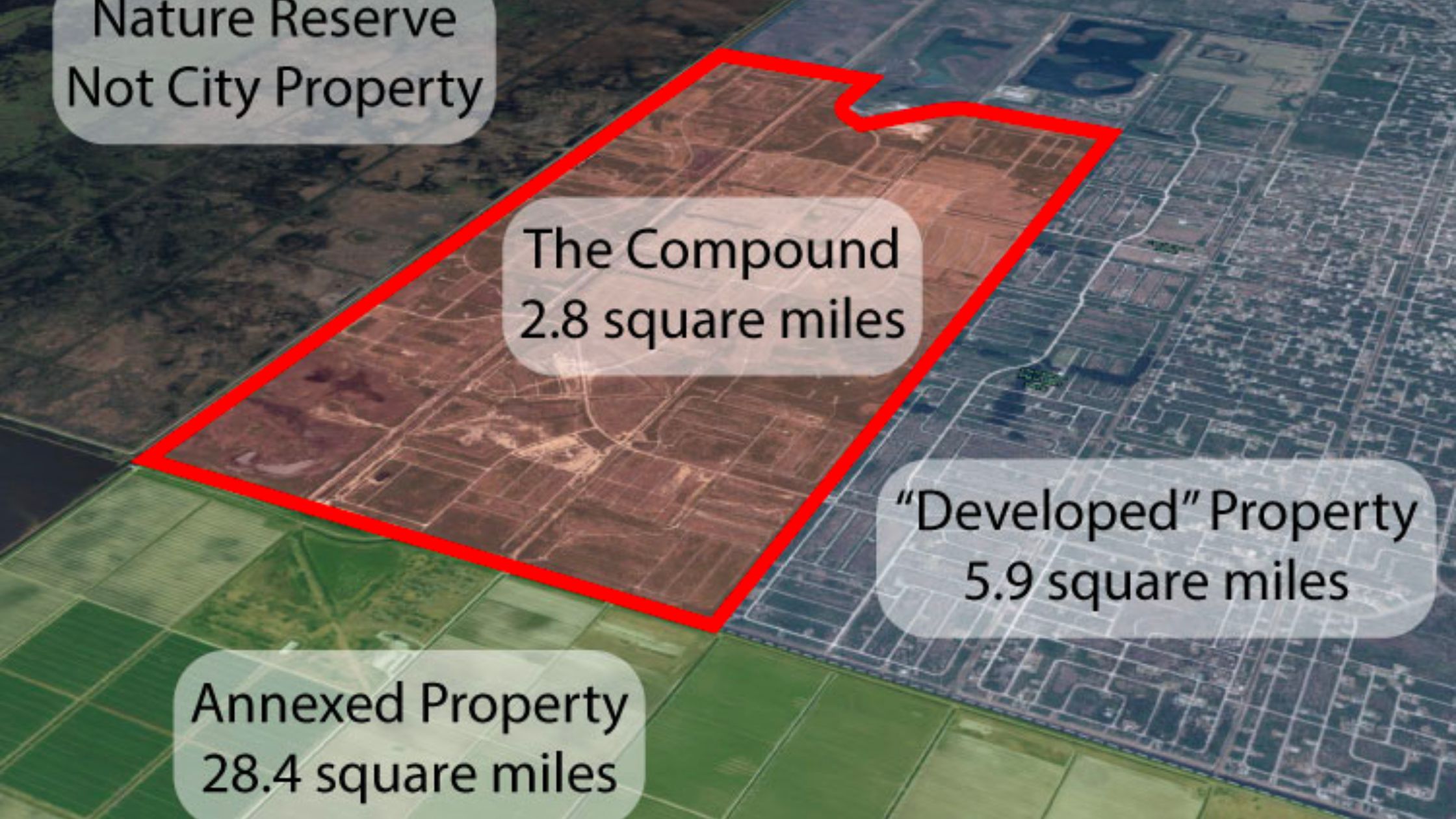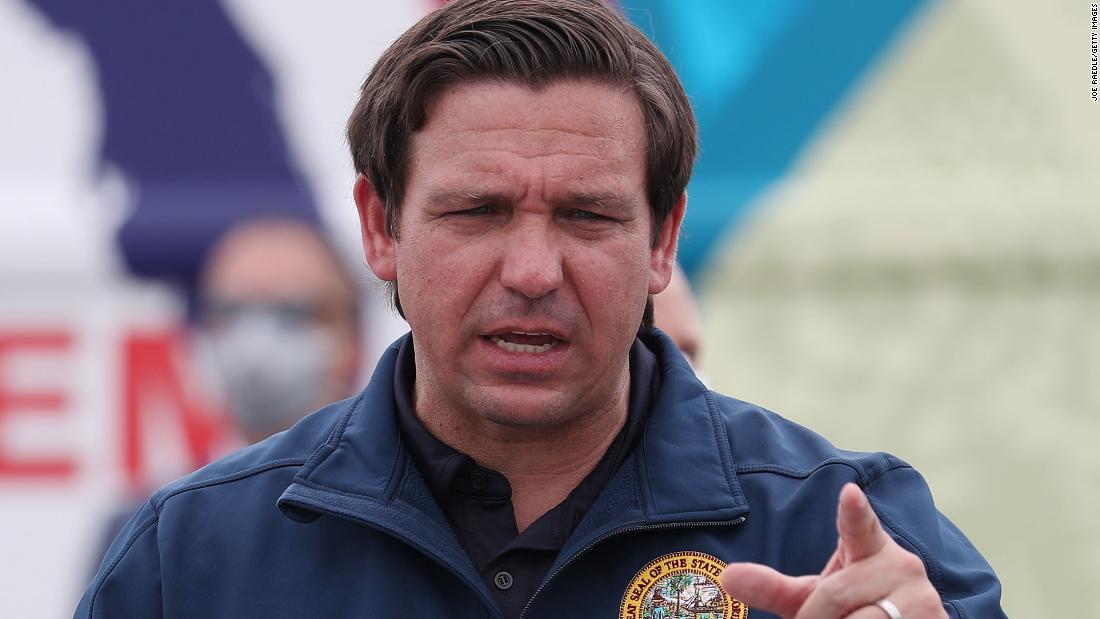Launch Alert with Sonic BOOM!
Something new! SpaceX will launch a Falcon9 rocket carrying a Dragon cargo capsule. The mission, labeled CRS-2 SpX-29 (Commercial Resupply Service), is filled with supplies going to the International Space Station (ISS). It is scheduled for lift-off on November 9, 2023. The launch window is from 8:28pm to 1:28am Friday morning. It will launch from LC39A at KSC in Florida. The first stage booster will perform a boost back maneuver and return to land zone 1 at CCAFS in Florida. A sonic boom will be heard about 8 minutes after launch, depending on how far the viewing location is from LZ1.

What you need to know at a glance:
- SpaceX Falcon9 rocket
- Booster B1081 2nd flight
- CRS-2 SpX-29
- Launch Window from 8:28pm to 1:28am
- 11-9-23 to 11-10-23
- LC39A KSC Florida
- Booster landing on Landing Zone1 at CCAFA, FL
- Trajectory will be to the North East
- Weather is predicted to be partly cloudy.
Food and Research Experiments
The cargo Dragon capsule will deliver supplies like food and water and new experiments. It will also bring back garbage and items no longer required. One of the many experiments being delivered to the ISS is the Choctaw Heirloom Seeds. The Growing Hope project is an educational outreach project that will send 500 grams of heirloom vegetable seeds which are used extensively by the Choctaw Nation of Oklahoma, the third largest Indian Nation in the US, to the ISS. Five types of heirloom seeds will be sent to the space station: Isito (Choctaw Sweet Potato Squash), Tobi (Smith Peas), Tanchi Tohbi (Flour Corn), Tvnishi (Lambsquarter, a leafy green similar to spinach), and Chukfi (Peas). The seeds will spend several months on the space station before being returned to the Choctaw Nation. Once back on earth, these seeds will be planted by students at the Jones Academy, a boarding school for Native American children. The students will predict and then observe the plants as they grow. The aim of Growing Hope is to inspire Native American students and encourage them to pursue careers in STEM. Another seemingly far out experiment is to study the effect of microgravity on human brain organoids. Organoids are small living masses of cells which interact, grow, and can survive for months. They can be used as a model for understanding responses to changes in the environment, such as the microgravity environment of the ISS. Researchers will use the results of this experiment to look at how microgravity affects survival, metabolism, and features of brain cells and, therefore, cognitive function. Once aboard the ISS, the organoids will be installed in the TangoLab for three weeks of microgravity exposure. After this, they will be cold stowed until they return to Earth. The cargo Dragon capsule also makes it possible for students to get involved by delivering their experiments to the ISS. The DreamUp STEM education program is a yearly initiative which gives students the opportunity to launch their own experiments into space. This program is focused on students in the US, and it aims to encourage and engage future generations of scientists and engineers. On this mission, seven student experiments have been selected to fly.
Dragon Capsule
The SpaceX Dragon Crew Capsule, also known as Crew Dragon, is an important evolution in SpaceX’s spacecraft technology, designed to transport astronauts and cargo to and from the International Space Station (ISS).
The Crew Dragon is part of NASA’s Commercial Crew Program, which involves private companies developing spacecraft to ferry astronauts to the ISS. It’s an evolution of the original Cargo Dragon, which was used to transport supplies and equipment. The spacecraft is designed to be reusable, capable of multiple flights to reduce the cost of access to space. It features modern controls with touch-screen panel interfaces, though manual controls are available for the astronauts if needed. The Crew Dragon is equipped with an advanced escape system that can rapidly propel the capsule away from the Falcon 9 rocket in case of a launch emergency. Its SuperDraco thrusters, which are a part of the escape system, can be used to control the capsule’s orientation and reduce velocity upon re-entry. The spacecraft has a robust heat shield designed to withstand the temperatures of re-entry from space.
The capsule can carry up to seven astronauts, but NASA missions are planned with four astronauts to allow for more cargo. Manned missions on the Crew Dragon capsule must also allow for life support systems for the astronauts. The Cargo Dragon capsule can deliver 6000 pounds of food, supplies and experiments. The interior is designed for efficiency and comfort, with seats made from high-quality materials and enough room for the crew to move around during long missions. While capable of fully autonomous flight, the Crew Dragon can also be manually piloted by astronauts onboard. It uses sensors and computers to dock autonomously with the ISS without human intervention, although astronauts can take over control if necessary. After mission completion, the Crew Dragon splashes down safely in the Atlantic Ocean or the Gulf of Mexico. SpaceX recovery vessels then retrieve the capsule and astronauts.
The success of the Crew Dragon has been a major milestone for commercial spaceflight. It represents a new era where private companies play a vital role in human space exploration. Crew Dragon’s operation has helped the United States regain its capability to launch astronauts into space from American soil, a capacity it had lost since the retirement of the Space Shuttle program in 2011.
The ISS
The International Space Station (ISS) is a marvel of human engineering, representing a powerful example of international collaboration in space research.
The ISS serves as a microgravity habitat and space environment research laboratory where scientific research is conducted in astrobiology, astronomy, meteorology, physics, and other fields. It’s a multinational collaborative project involving five participating space agencies: NASA (United States), Roscosmos (Russia), JAXA (Japan), ESA (Europe), and CSA (Canada).
The station’s construction began in 1998 and it has been continuously occupied since November 2000. It’s made up of pressurized modules for crew living and work, unpressurized truss segments for structural support, solar arrays for power, and various other components. It orbits Earth at an average altitude of approximately 250 miles, completing an orbit roughly every 90 minutes, which means the crew experiences around 16 sunrises and sunsets daily.
The ISS has an international crew of astronauts and cosmonauts who live and work on the station, typically for missions lasting about six months. It has life support systems that provide a living environment where crew members can carry out research not possible on Earth’s surface. The ISS supports a variety of experiments in biology, human biology, physics, astronomy, and other sciences. Microgravity allows the observation of phenomena not affected by the Earth’s gravity, providing insights that lead to advances in science, engineering, technology, and health. Research on the ISS has contributed to the understanding of diseases, development of new drugs, and the testing of technologies for long-duration human and robotic exploration into deep space.
The ISS is one of the most politically complex space exploration programs ever undertaken. Its modules and components were manufactured in various countries around the world and then assembled in orbit. The station’s operations and management are coordinated by the Multilateral Coordination Board, which ensures that the partners’ interests and needs are balanced. In recent years, the ISS has been used for educational outreach, where students can design experiments that are then conducted in space. It’s also increasingly being used for commercial purposes, with private companies sending up payloads for research and development.
As of my last update in April 2023, the ISS is approved to be operational until at least 2024, with discussions about extending its life until 2028 or beyond.
Aging infrastructure and the high cost of operation are ongoing concerns, and there are discussions regarding the transition to commercially operated low Earth orbit platforms. Eventually, the ISS will be decommissioned, with plans involving a controlled deorbit to a remote part of the Pacific Ocean known as Point Nemo.
Falcon 9
The Falcon 9 rocket is a two-stage-to-orbit medium-lift launch vehicle designed and manufactured by SpaceX in the United States. It is known for its ability to land and be reused up to 18 times to date, a feature that has revolutionized the economics of space flight.
Before launch, the Falcon 9’s first and second stages are assembled and tested at SpaceX’s facilities. Its Merlin engines, avionics, and stage separation systems undergo thorough checks. The payload, which could be a satellite, Dragon spacecraft, or other cargo, is encapsulated in the rocket’s payload fairing after being tested and prepared in a cleanroom facility. The integrated rocket, with the payload fairing attached, is transported to the launch site and raised into a vertical position on the launch pad. SpaceX uses the Transporter Erector Launchers (TEL) to both transport the rocket and serve as a support structure, providing connections for power, cooling, fuel, and communication systems. In the hours leading up to launch, the Falcon 9 undergoes a series of automated and manual checks, including fueling with RP-1 and liquid oxygeLiftoff begins when the first stage’s nine Merlin engines are ignited, and once all systems are confirmed to be operating correctly, the rocket is released from the hold-down clamps. Following liftoff, the Falcon 9 follows a pre-programmed trajectory, with its flight path and attitude controlled by the rocket’s onboard computer and ground control. After the first stage engines shut down, the first and second stages separate. The second stage, with a single Merlin Vacuum engine, ignites to continue the ascent to orbit. In most missions, the first stage performs a series of maneuvers to return to Earth, including a boost-back burn, an entry burn, and a landing burn, aiming to land on a drone ship at sea or a landing zone near the launch site.
The second stage delivers the payload to the intended orbit. It may perform one or more burns to adjust the trajectory. Once the target orbit is achieved, the payload is released. For satellite deployments, a dispenser may be used to separate the satellite(s) from the second stage. After payload deployment, the second stage performs a deorbit burn to re-enter the Earth’s atmosphere, preventing it from becoming space debris.
The Falcon 9 can carry payloads of up to 50,265 pounds to low Earth orbit (LEO) and 18,300 pounds to geostationary transfer orbit (GTO). The Falcon 9’s upper stage can restart multiple times to deploy multiple payloads into different orbits. The Falcon 9 has a high degree of accuracy in payload placement, making it a preferred option for a variety of customers, including commercial, government, and defense. SpaceX has incorporated an array of safety features, including an automated flight termination system, and has achieved a high rate of successful missions, bolstering the Falcon 9’s reliability.
Overall, the Falcon 9 has become a workhorse of both commercial and scientific space flight, reflecting SpaceX’s commitment to innovation and reusability in space operations.
Elon Musk
Elon Musk is a prominent entrepreneur and innovator, most recognized for his pivotal role in the advancement of electric vehicles, space exploration, and alternative energy. Born in South Africa in 1971, Musk’s early forays into the business world included Zip2 Corporation, a company providing maps and business directories to newspapers, and X.com, which evolved into PayPal and was subsequently acquired by eBay in 2002, providing Musk with the capital to pursue further ambitious projects.
Space Exploration Technologies Corp., or SpaceX, was founded by Musk in 2002 with the overarching aim of making space travel more affordable and ultimately colonizing Mars. SpaceX has been at the forefront of aerospace achievements, launching the first privately funded liquid-fueled rocket to reach orbit, sending the Dragon spacecraft to the International Space Station, and introducing the powerful Falcon Heavy rocket. Musk also serves as the CEO and product architect of Tesla, Inc., where he has been instrumental in popularizing electric vehicles and advancing sustainable energy through products like solar roofs and energy storage solutions.
Space Exploration Technologies Corp., or SpaceX, was founded by Musk in 2002 with the overarching aim of making space travel more affordable and ultimately colonizing Mars. SpaceX has been at the forefront of aerospace achievements, launching the first privately funded liquid-fueled rocket to reach orbit, sending the Dragon spacecraft to the International Space Station, and introducing the powerful Falcon Heavy rocket. Musk also serves as the CEO and product architect of Tesla, Inc., where he has been instrumental in popularizing electric vehicles and advancing sustainable energy through products like solar roofs and energy storage solutions.
Apart from his ventures in space and automotive industries, Musk has initiated ventures aimed at future technology and infrastructure. Neuralink, founded in 2016, is developing brain-computer interfaces to connect humans and computers, while The Boring Company is working on innovative tunneling and infrastructure projects to address traffic congestion. Musk also co-founded SolarCity, which Tesla later absorbed, continuing his commitment to renewable energy. Known for his visionary goals, Musk’s influence spans from artificial intelligence, with his early involvement in OpenAI, to his ambitious plans for a multiplanetary human existence, leaving an indelible mark on the technological landscape of the 21st century.




